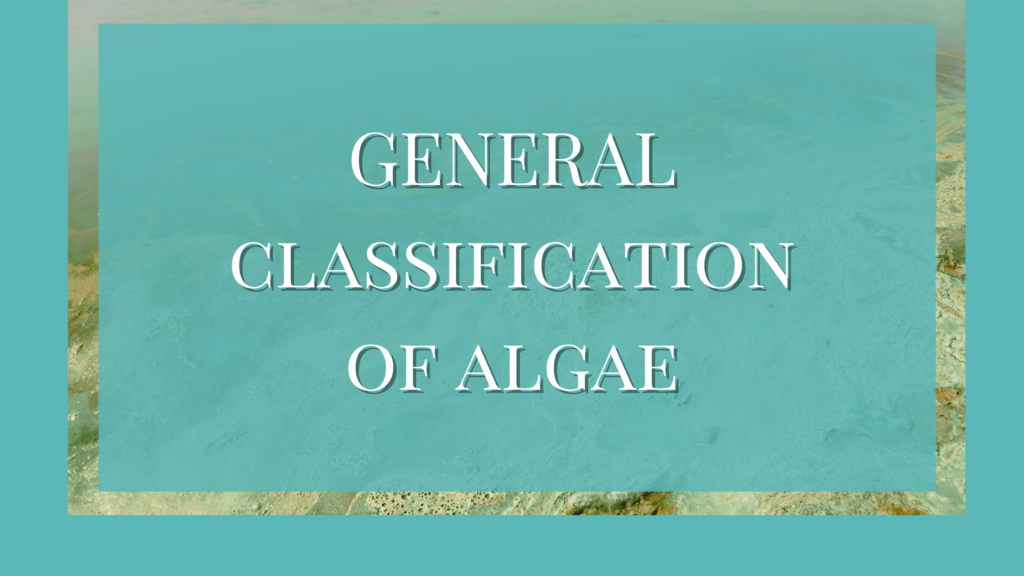The systematic position and classification of Vaucheria have been in dispute for many years. Fritsch (1935), Iyengar (1951), and others placed Vaucheria in the order Siphonales (Caulerpales) of the class Chlorophyceae.
The various arguments given in favor of retaining it in Chlorophyceae are,
- The cell wall comprises cellulose and pectose which is quite characteristic of Chlorophyceae.
- The flagella of the cyanospore is smooth.
- Formation of starch under certain conditions
- Occurrence of pyrenoids in the chloroplasts of some species. (V.medusae)
- The presence of oil as a food reserve in Vaucheria is insignificant since it is absent in Vaucheriopsis and found in several green algae.
- They exhibit oogamous reproduction
Classification of Vaucheria
Bohlin (1901) was the first to remove Vaucheria from isokontae (Chlorophyceae) to heterokonte (Xanthophyceae). This was followed by Chadefaud (1945) who also transferred it to Xanthophyceae.
Smith (1959) placed it in the order Heterosiphonales of the class Xanthophyceae, division Chrysophyta. Chapman (1962), Taylor (1969), and Morris (1968) agreed with Smith.
The argument advanced in favor of the inclusion of Vaucheria in Xanthophyceae are,
- Siphonous, coenocytic acellular organization of the thallus.
- Absence of cellulose (typical of the green algae) in the cell wall.
- Absence of chlorophyll b and presence of chlorophyll c in the zoospore of Vaucheria, a pigment characteristic of class Xanthophyceae.
- Presence of carotenoid pigments over the Chlorophyceae.
- Lack of two xanthophylls, siphonein, and siphonaxanthin that are common in the siphonales.
- Discoid chloroplasts
- Absence of pyrenoids in the chromatophores.
- Oil is the principal reserve food and starch never accumulates.
- Presence of paired flagellin of unequal lengths on the zoospore.
- The presence of two oppositely dissected unequal flagella, one is whiplash type and the other tinsel type on the sperm. It is a feature typical of the motile cells of all Xanthophyceae. (thus is quite opposite to the members of Chlorophyceae where the flagella are equal, inserted anteriorly, and are of a whiplash nature.
- The life cycle of Vaucheria is haplontic whereas most of the members of Siphonales are diplontic.
Pascher (1914) suggested the induction of three classes, Xanthophyceae, Chrysophyceae, and Bacillariphyceae in a single division Chrysophyta. Most algologists in general agreed with Pascher’s suggestion.
In modern times, these three classes are segregated and are elevated into a division.
Objections to Classification of Vaucheria
Some phycologists still do not agree with the segregation of Vaucheria from the order Siphonales, Class Chlorophyceae. The objections are,
- Formation of starch under constant illumination (Tiffany 1924).
- Presence of pyrenoids in some forms like V.medusa (Christensen, 1952).
- Advance oogamous sexual reproduction (which is unlike any process in the other members of Xanthophyceae).
Systematic Position of Vaucheria
Class: Chlorophyceae
Order: Siphonales
Family: Vaucheriaceae
Genus: Vaucheria
Affinities of Vaucheria with Fungi
In the coenocytic nature of the thallus, chemical composition of the cell wall, development of multinucleate spores, the occurrence of heterokont flagella, and oogamy in the sexual phase, Vaucheria exhibit a striking resemblance with Oomycetes. The resemblance is so great that the Saprolegniaceae is believed to have close affinities with the Vaucheriaceae (Vaucheria) family.
The discovery of whiplash and tinsel type of flagella in the motile stages of Vaucheria indicates that the Phycomycetes were derived from Vaucheria-like ancestors. Whether these resemblances are suggestive of real affinities or the result of convergent development is at present difficult to decide.




